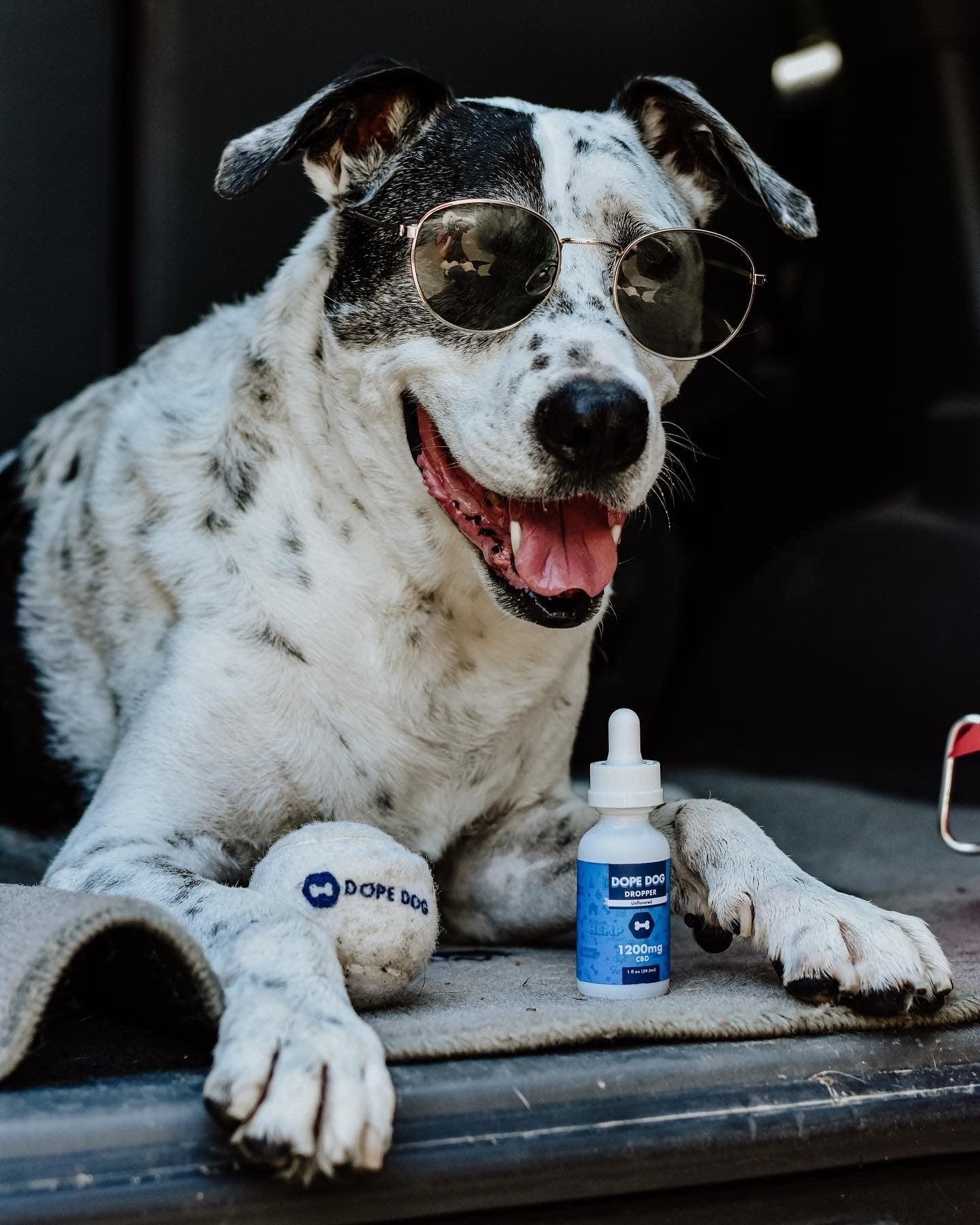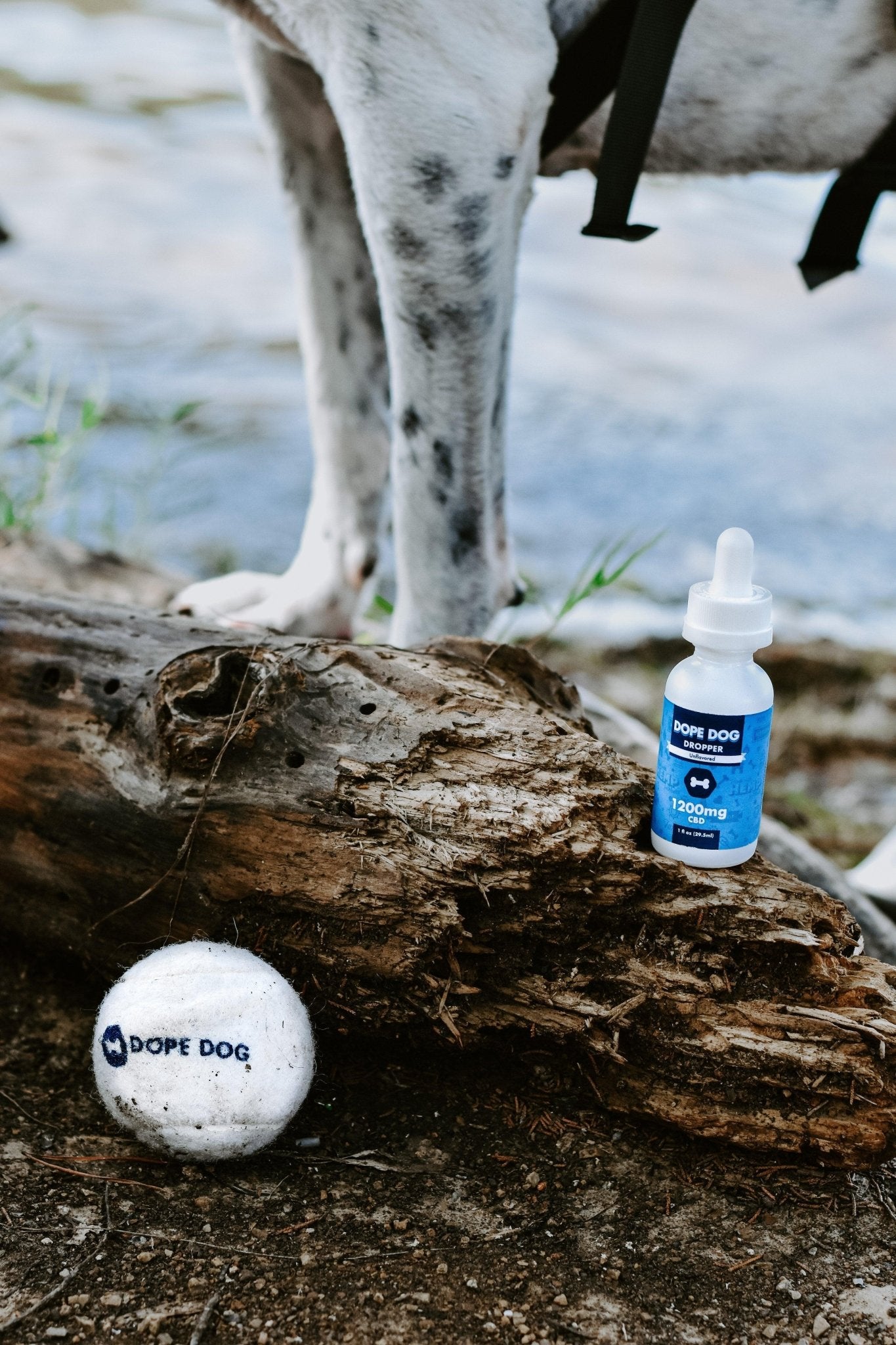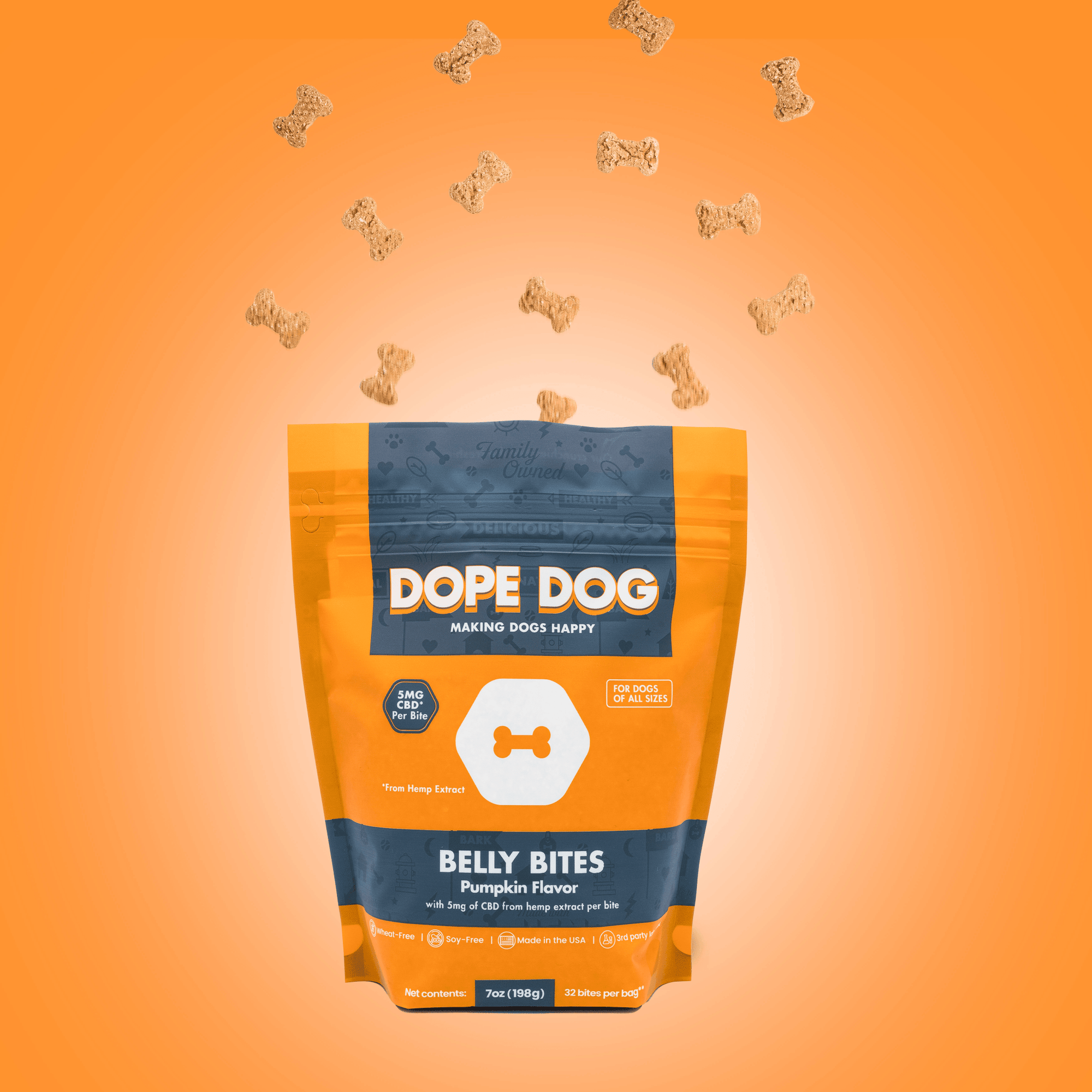Understanding Lyme Disease in Dogs
Ticks transmit Lyme disease, or Lyme borreliosis, a bacterial infection affecting dogs, humans, and other animals through their bites. Also, The spiral-shaped bacterium, Borrelia burgdorferi, is responsible for causing Lyme disease. Then, Once inside a host's bloodstream, the bacteria can travel throughout the body, impacting specific organs, locations, and leading to various health complications.
As Lyme disease can be severe and life-threatening, it is crucial to understand its symptoms, tests, treatment, and preventative measures for your beloved dogs.
Prime Tick Habitats and Their Distribution
Ticks that carry Lyme disease primarily inhabit tall grasses, thick brush, marshes, and wooded areas, where they latch onto passing dogs. After attaching to a dog for 24 to 48 hours, a tick can transmit the disease.
Every state in the United States reports Lyme disease, but the Northeast, Upper Midwest, and Pacific coast regions account for over 95% of cases. Also, The risk of infection varies, and the percentages of cases in these areas are continually changing due to factors such as deforestation, migrating deer, and bird populations.

Identifying Lyme Disease Symptoms in Dogs
Lyme disease is unfortunately common among canines. Typical symptoms include:
- Fever
- Loss of appetite
- Reduced energy
- Lameness (shifting, intermittent, and recurring)
- Generalized stiffness, discomfort, or pain
- Swelling of joints
In severe cases, symptoms can progress to kidney failure, which can be fatal. Serious cardiac and neurological effects are also possible.
Diagnosing Lyme Disease in Dogs: The C6 and Quant C6 Tests
Lyme disease diagnosis in dogs involves considering the pet's history, physical signs, and diagnostic tests. Two blood tests are used to diagnose Lyme disease in dogs: the C6 Test and the Quant C6 test. Both tests are performed by veterinarians.
The C6 test detects antibodies against a protein called "C6." The presence of these antibodies suggests an active Lyme infection. Three to five weeks after an infected tick bites a dog, C6 antibodies can be detected in the bloodstream, even before signs of illness appear.
The next step is the Quant C6 test, which, combined with a urinalysis, helps determine whether antibiotic treatment is necessary.
Treating Lyme Disease in Dogs
The primary treatment for Lyme disease is a course of antibiotics, usually administered for at least 30 days. In most cases, this treatment resolves symptoms quickly. However, in some instances, the infection may persist, requiring prolonged medication. Treatment may also include other therapies aimed at resolving or relieving specific symptoms.
Human Transmission Risks and Other Tick-borne Canine Diseases
Dogs are not a direct source of infection for humans. Pets cannot transmit Lyme disease to humans or between themselves; it spreads solely through tick bites. However, a carrier tick could enter your home on your dog's fur and latch onto you.
Ticks can also carry several other less common but serious bacterial diseases affecting dogs, including anaplasmosis and babesiosis. Also, These diseases present with symptoms similar to Lyme disease and can be diagnosed using blood tests like those used for Lyme disease.
Preventing Lyme Disease and Other Tick-borne Illnesses in Dogs
Prevention is key when it comes to protecting your dog from Lyme disease and other tick-borne illnesses. Here are some vital preventative measures:
- Inspect your dog daily for ticks, focusing on areas such as the feet, toes, lips, eyes, ears, anus, and tail.
- Remove ticks promptly using the proper method and fine tweezers designed for tick removal.
- Request a tick check from your veterinarian during regular exams.
- Use veterinarian-approved flea and tick prevention products for your dog.
- Keep grass trimmed short and avoid walking in grassy areas with high tick populations.
- Discuss vaccination options with your veterinarian to determine if a Lyme disease vaccine is appropriate for your dog.


![Why is My Dog's Ear Swollen? [MUST KNOW!]](http://dope.dog/cdn/shop/articles/tim-higham-QxDXORRktWE-unsplash-555717.jpg?v=1697236049&width=1536)















